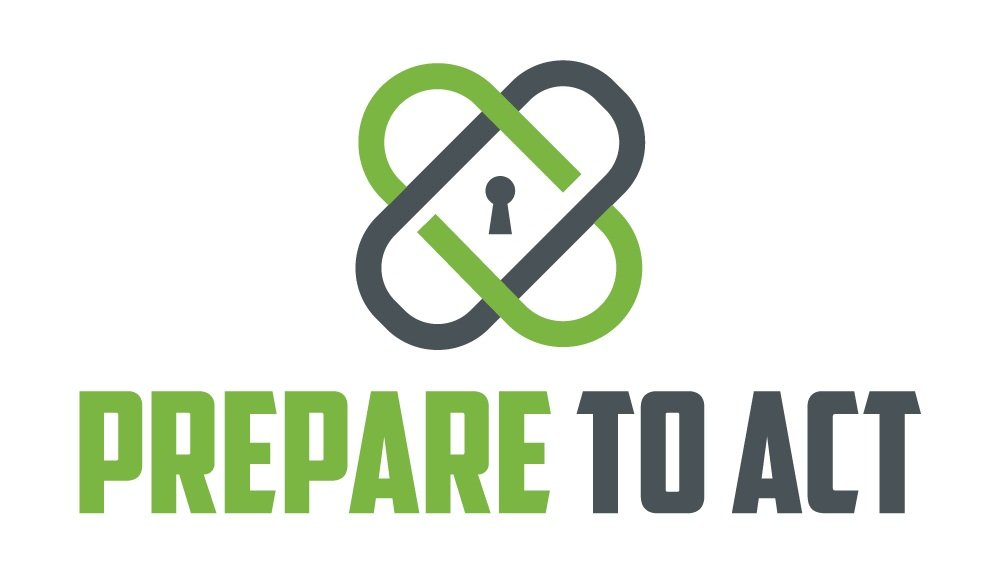A Veteran Officer's Perspective: Harm Reduction or Harm Production?
In my 25 years of law enforcement experience, three of which were spent deep undercover in narcotics, I've encountered countless heartbreaking stories of addiction. The latest move from city officials in New York, to install vending machines providing free drug paraphernalia in an effort to reduce harm, concerns me deeply.
From the gritty streets to the quiet neighborhoods, no corner is immune from the corrosive grip of drug addiction. I've seen men and women who began their journeys filled with hopes and dreams reduced to shadows of their former selves. I've watched as addiction devours not just the addict, but the lives of those around them. I've had mothers weep on my shoulder, siblings express their feelings of helplessness, and children look at me with questioning eyes, their innocence tainted by an enemy they cannot comprehend.
City officials argue that this vending machine initiative is a means of harm reduction, aiming to provide clean supplies for drug use, thereby reducing the risks of infection and overdose. But I can't help but wonder: is this really harm reduction, or is it instead subtly normalizing and inadvertently promoting drug use?
Let me be clear: I believe in compassionate and realistic strategies to deal with drug addiction. However, from my viewpoint, this vending machine initiative seems to be a band-aid on a deep, festering wound. It targets the symptoms, not the root cause of the issue. Moreover, it has the potential to send mixed messages to those battling addiction, and to the broader community.
While it is important to mitigate the immediate risks associated with drug use, it is also critical to focus on comprehensive, long-term solutions. To truly make a difference, we need to strengthen law enforcement efforts that lead to rehabilitative services, such as addiction therapy and recovery.
I recall one of the cases I handled while undercover. Let's call the individual John. John was an average guy, with a job, a family, and aspirations. But one bad decision led him down the path of addiction. Over time, John lost his job, his family, and nearly his life. The machine would likely not have changed John's fate; he needed intervention, support, and treatment, not easier access to the tools feeding his addiction.
Furthermore, we need stricter oversight on existing services like methadone clinics. Methadone is used as a treatment for heroin addiction, but it's a precarious approach as it merely substitutes one addiction for another. These clinics should not just be 'drug dispensaries' but should provide holistic care including therapy, social support, and resources for recovery.
Addressing counterarguments, proponents of harm reduction might argue that the reality of addiction is complex and that these vending machines are just one part of a broader strategy. They might say these machines could save lives by reducing overdose incidents and spread of infections. It's true, addiction is indeed complex, and there's no 'one size fits all' solution. But I believe our primary goal should be to help individuals escape the vicious cycle of addiction, not make their stay in it more comfortable.
From my experience, I've come to understand that addiction is a hungry beast that takes more than it gives. Harm reduction is important, but we must consider the message we send with our strategies. If we focus only on harm reduction without addressing the root cause and providing paths to recovery, are we not just feeding the beast?
Therefore, I call on our community leaders, policymakers, and fellow citizens: let's work together to find strategies that not only reduce immediate harm but also guide individuals toward recovery and healing. Let's prioritize measures that truly serve our community and reflect our dedication to eradicating the scourge of drug addiction. Let's choose not just harm reduction, but harm prevention and ultimately, harm elimination
